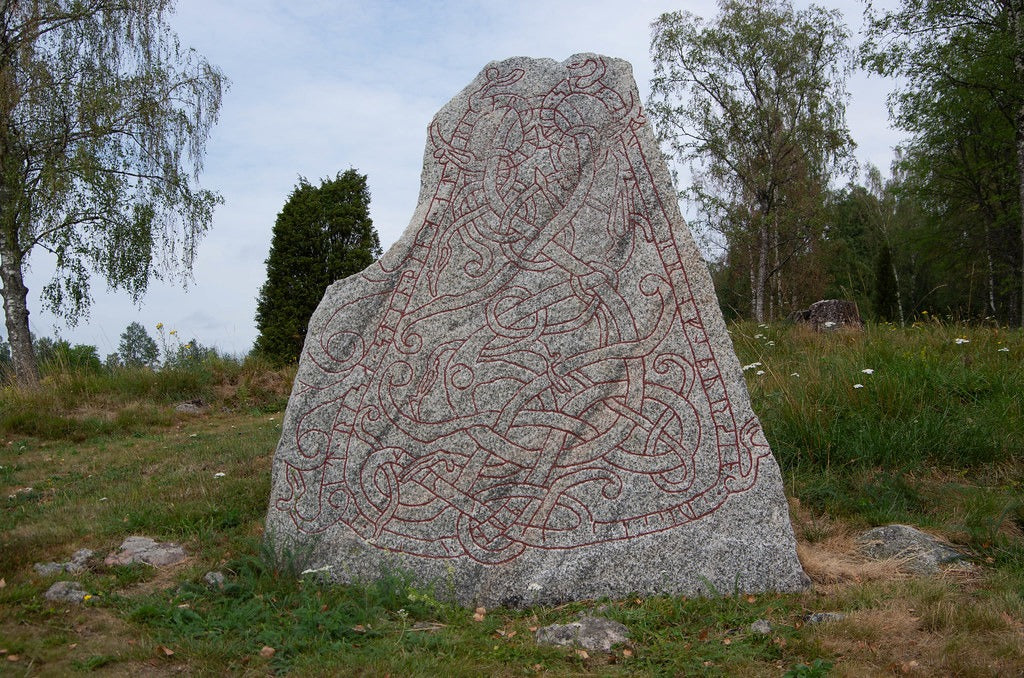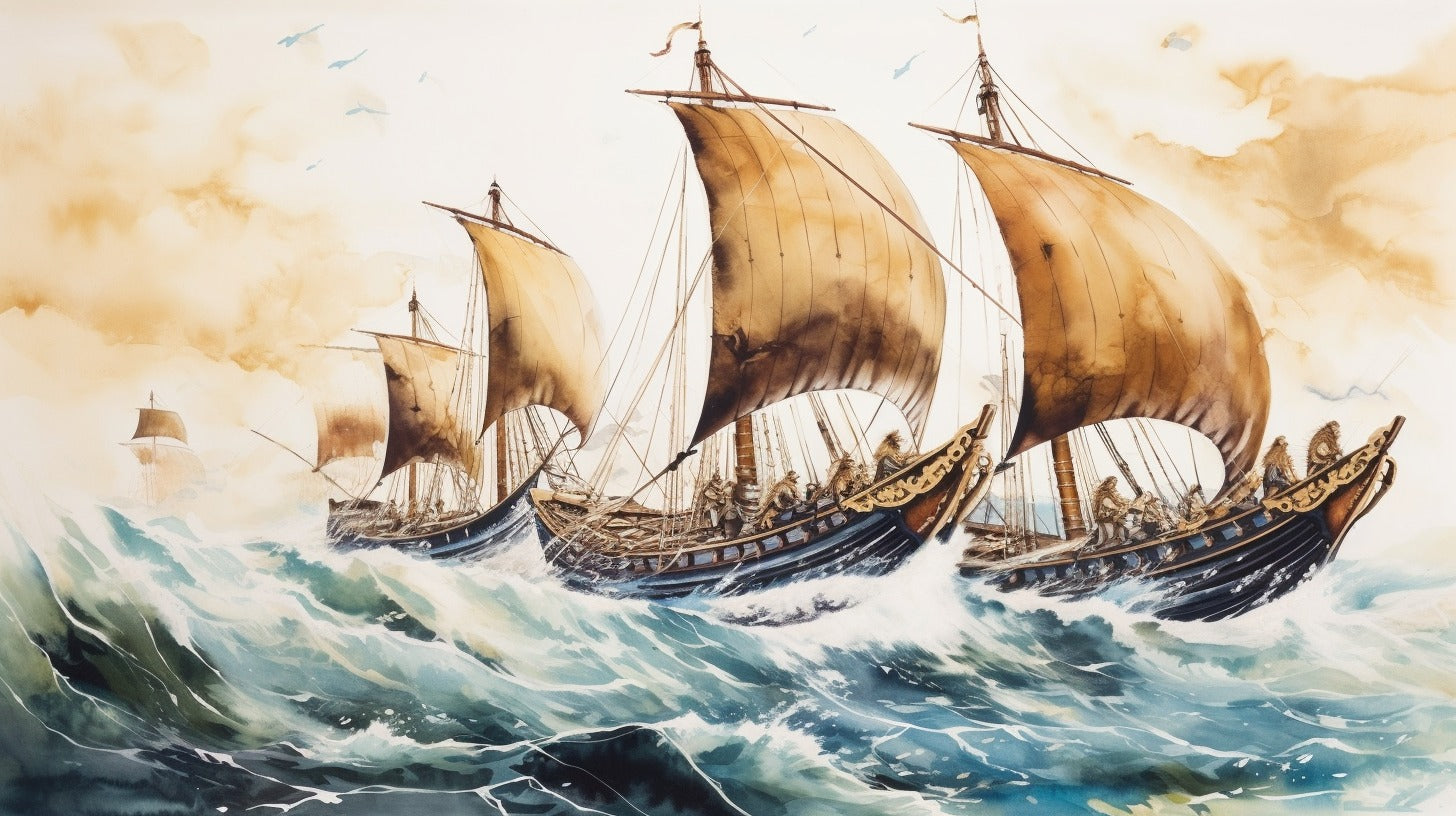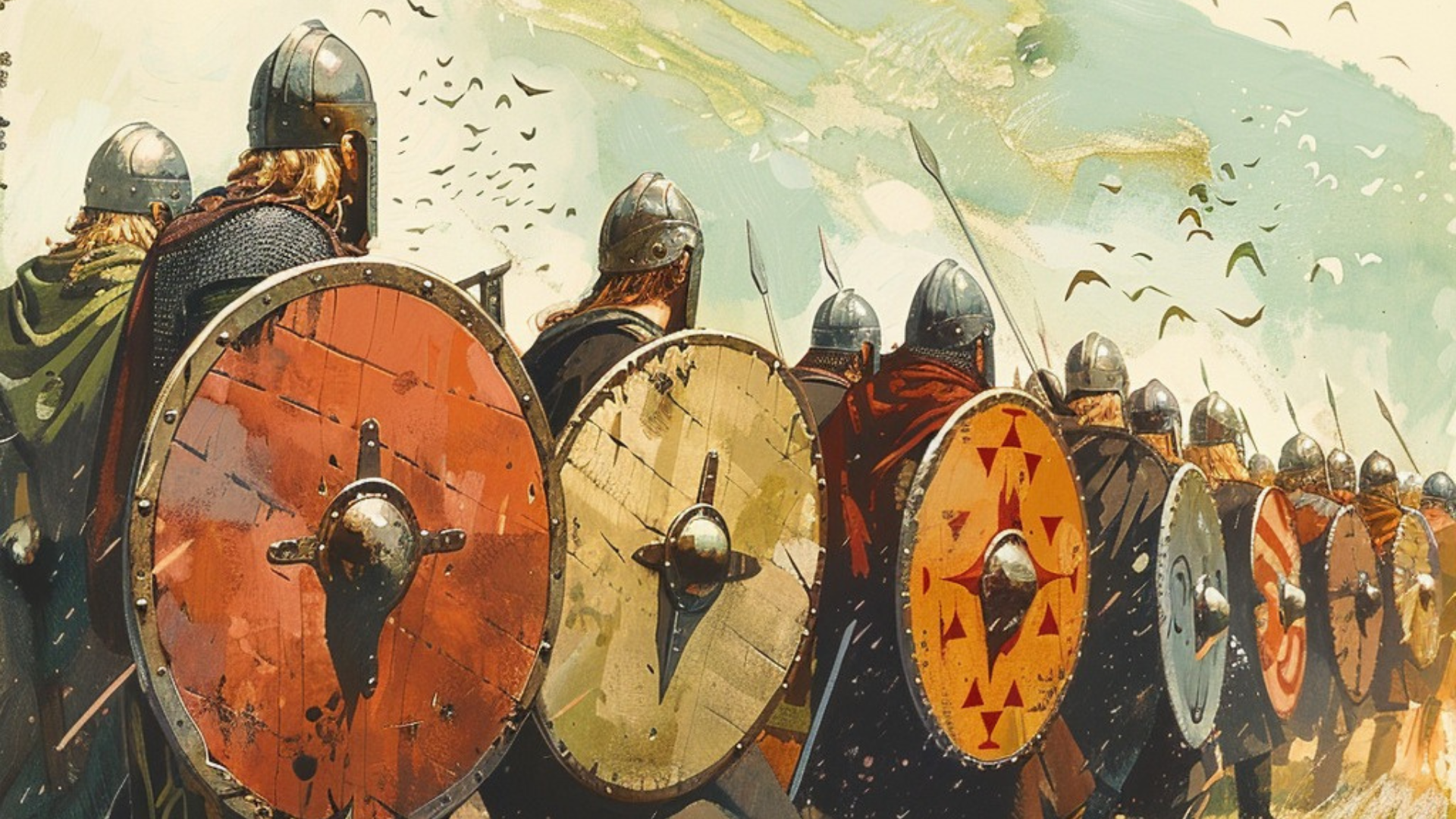
Runestones Revealed: Ancient Art, Inscriptions, and Preservation
Have you ever wondered about the secrets of ancient civilizations? Runestones are like time capsules that carry the whispers of the past, etched in stone by hands long gone. These fascinating relics give us glimpses into the lives, beliefs, and stories of the people who created them. So, let's dive into the enigmatic world of runestones and uncover the mysteries they hold.
What Are Runestones?

Oldest known Runestone inscription
Definition and Origin
Runestones are large stones engraved with runic inscriptions, typically found in Scandinavia. These stones date back to the Viking Age (circa 800-1100 AD) and the early medieval period. The word "rune" comes from Old Norse, meaning "secret" or "whisper," which is quite fitting given the cryptic nature of these inscriptions.
Historical Significance
Runestones were more than just memorials or markers; they were a way for Vikings and early Scandinavians to communicate, commemorate, and convey stories. They served as public displays of messages, often detailing lineage, achievements, and sometimes even magical or protective spells.
Types of Runestones

The Runestone U 240, raised by Danr, Húskarl, Sveinn and Holmfríðr, the mother and her sons, in memory of Halfdan, the father of Danr and his brothers
Memorial Stones
Memorial stones were erected to honor the dead. These stones often included the names of the deceased, their lineage, and notable deeds. They served both as grave markers and as lasting tributes to ancestors.
Decorative Stones

Decorative runestones were adorned with intricate designs and symbols, showcasing the artistry and craftsmanship of the carvers. These stones might not always have significant inscriptions but were valued for their aesthetic and cultural symbolism.
Magic Stones
Some runestones were believed to hold magical properties. These stones often contained inscriptions intended to protect, curse, or bring good fortune. They highlight the spiritual and superstitious aspects of Viking culture.
Runestone Inscriptions

Runic Alphabet Overview
The runic alphabet, known as the Futhark, consists of various characters used in runic writing. The Elder Futhark, used from the 2nd to 8th centuries, has 24 runes, while the Younger Futhark, used during the Viking Age, has 16 runes. Each rune had its own name, sound, and meaning, making runic inscriptions both complex and rich in symbolism.
Common Symbols and Meanings
Runes were more than just letters; they were symbols with specific meanings. For instance, the rune "Fehu" represented wealth, while "Algiz" symbolized protection. Understanding these symbols helps us decode the messages left behind by ancient carvers.
Famous Runestones
The Jelling Stones

Located in Denmark, the Jelling Stones are among the most famous runestones. They were erected by King Gorm the Old and his son Harald Bluetooth in the 10th century. The inscriptions celebrate the unification of Denmark and the conversion to Christianity.
The Rök Stone

The Rök Stone, found in Sweden, is one of the longest runic inscriptions in stone. It dates back to the 9th century and contains a mix of heroic tales, memorials, and cryptic references, offering a deep dive into the narrative style of the Vikings.
The Kensington Runestone

The Kensington Runestone, discovered in Minnesota, USA, is a controversial artifact. Allegedly inscribed in 1362, it suggests that Scandinavian explorers reached North America before Columbus. Its authenticity is still debated among scholars.
The Art of Carving Runestones

Tools and Techniques
Carving runestones was no easy feat. Carvers used chisels and hammers made of iron or steel. The process required skill and precision, as mistakes were hard to correct on the hard stone surfaces.
Traditional Methods vs. Modern Approaches
Traditionally, carvers would use rudimentary tools and a lot of patience. Today, modern methods, including power tools and lasers, are sometimes employed for restoration or replication. However, the traditional methods are still valued for their authenticity and historical accuracy.
Runestones in Modern Culture

Runestones in Literature and Media
Runestones have found their way into modern literature and media, often depicted in fantasy novels, movies, and video games. They symbolize mystery, ancient knowledge, and a connection to the past, captivating audiences worldwide.
Runestones as Cultural Symbols
Today, runestones are cultural icons, representing Scandinavian heritage and history. They appear in various forms, from tattoos to jewelry, showing the lasting impact of these ancient artifacts on contemporary society.
Preservation and Conservation

Challenges in Preserving Runestones
Runestones face numerous threats, including weathering, vandalism, and environmental changes. The elements can be particularly harsh on these ancient stones, eroding the inscriptions over time. Vandalism, whether accidental or intentional, also poses a significant risk. Environmental changes, such as pollution and acid rain, further accelerate the deterioration of these precious artifacts. Preserving runestones is challenging, requiring constant care and monitoring to prevent further damage.
Modern Conservation Techniques

Conservationists employ a variety of techniques to preserve runestones. One traditional method that has been revitalized is the use of Swedish red paint, known as Falu red. This specific type of paint not only makes the inscriptions and art more visible but also has historical significance, as it was used when these runestones were originally etched. The red paint highlights the intricate carvings, allowing them to be seen clearly while also paying homage to the traditional methods of the past.
In addition to traditional methods, modern conservation techniques are also employed. These include climate control to mitigate the effects of weathering, protective coverings to shield the stones from environmental damage, and digital documentation to create precise records of the inscriptions. Digital scanning and 3D modeling allow for detailed analysis and virtual preservation, ensuring that the details of these runestones are captured and can be studied even if the physical stone continues to degrade.
Moreover, runestones are often seen as an integral part of their natural surroundings, akin to trees or other natural landmarks. This perspective helps in their conservation, as it encourages a holistic approach that respects both the artifact and its environment. By viewing runestones as part of the landscape, conservation efforts can be more harmonious and sustainable, ensuring that these ancient storytellers remain a part of the natural world while being protected for future generations.
Through these combined efforts, conservationists strive to preserve the cultural and historical significance of runestones, allowing them to continue to tell their ancient stories for many years to come.
Conclusion
Runestones are more than just stones with ancient scribbles; they are storytellers from the past, bridging the gap between us and our ancestors. They offer invaluable insights into the lives, beliefs, and artistry of the Vikings and early Scandinavians. As we continue to preserve and study these fascinating artifacts, we keep their stories alive for future generations to explore and cherish.
FAQs
- What are runestones made of?
- Runestones are typically made of granite, sandstone, or limestone, chosen for their durability and availability.
- Why were runestones created?
- Runestones were created for various purposes, including memorials, territorial markers, and conveying messages or magical spells.
- How were runestones carved?
- Ancient carvers used iron or steel chisels and hammers, employing a combination of skill, patience, and technique to inscribe the runes.
- What is the oldest runestone?
- The Einang Stone in Norway, dating back to the 4th century, is one of the oldest known runestones.
- Can you visit famous runestones today?
- Yes, many famous runestones, such as the Jelling Stones and the Rök Stone, are accessible to the public and can be visited in their respective countries.
References
"Runestone tools" by liftarn is licensed under CC BY-SA 2.0.
"Runestone U 1174 Stora Ramsjö, Morgongåva" by jarlabanki is licensed under CC BY 2.0.
"U 241, Lingsberg" by Berig is licensed under CC BY 2.5.
"Runestones" by Average Jane is licensed under CC BY 2.0.
"Jelling rune stones.1.ajb" by Ajepbah is licensed under CC BY-SA 3.0.
"File:The Jelling Stone - VIKING exhibition at the National Museum of Denmark - Photo The National Museum of Denmark (9084035770).jpg" by Nationalmuseet - The National Museum of Denmark from Denmark is licensed under CC BY-SA 2.0.
"Runestone Museum-04" by Myotus is licensed under CC BY-SA 4.0.
Rök Stone image is licensed under CC BY-SA 3.0
"Runic Inscription Sö Fv2011;307" by Magnus Källström, chief runologist at the Swedish National Heritage Board is licensed under CC BY-SA 4.0.
"Painted runestones, Köping church, Öland" by Bochum1805 is licensed under CC BY-SA 2.0.
"Runestone U 6 Birka Museum 4 May 2019" by Beneathtimp is marked with CC0 1.0.








